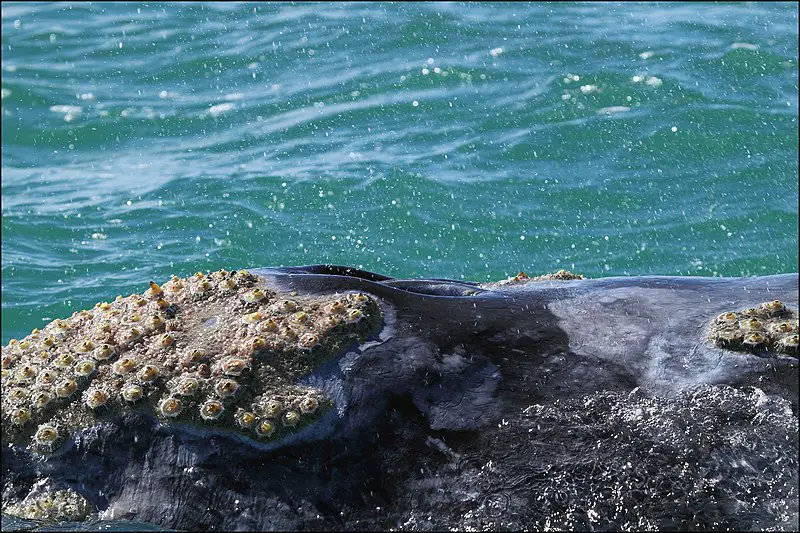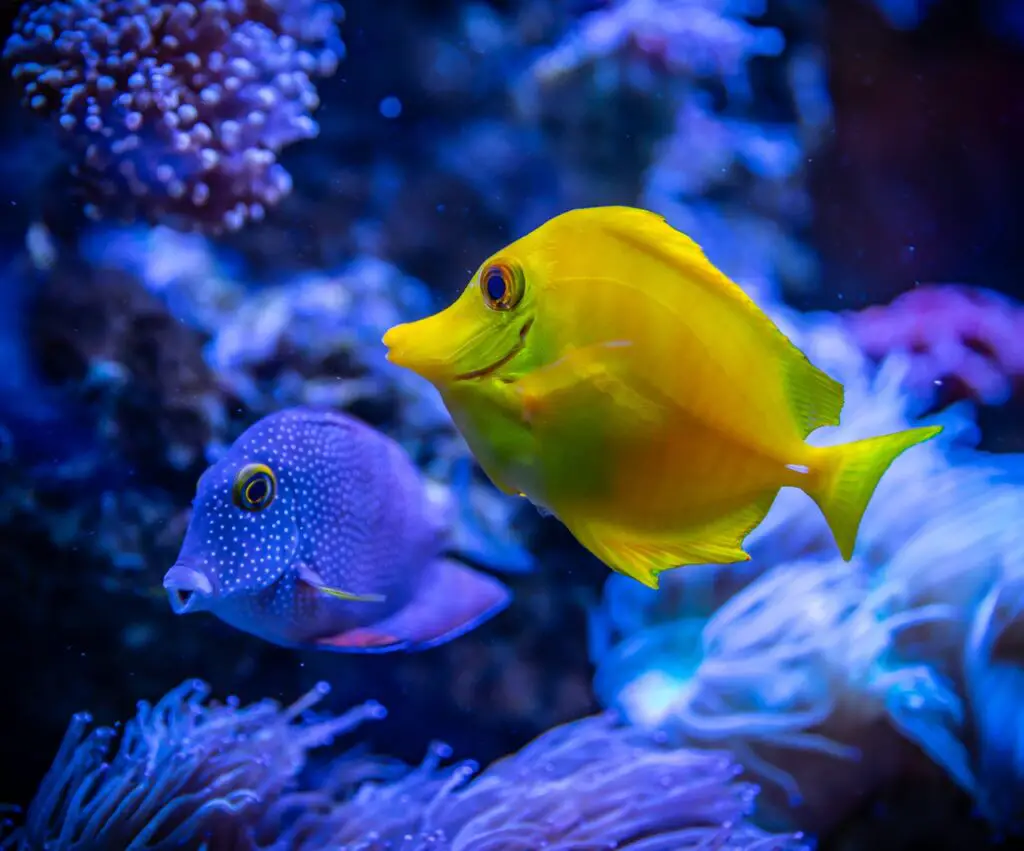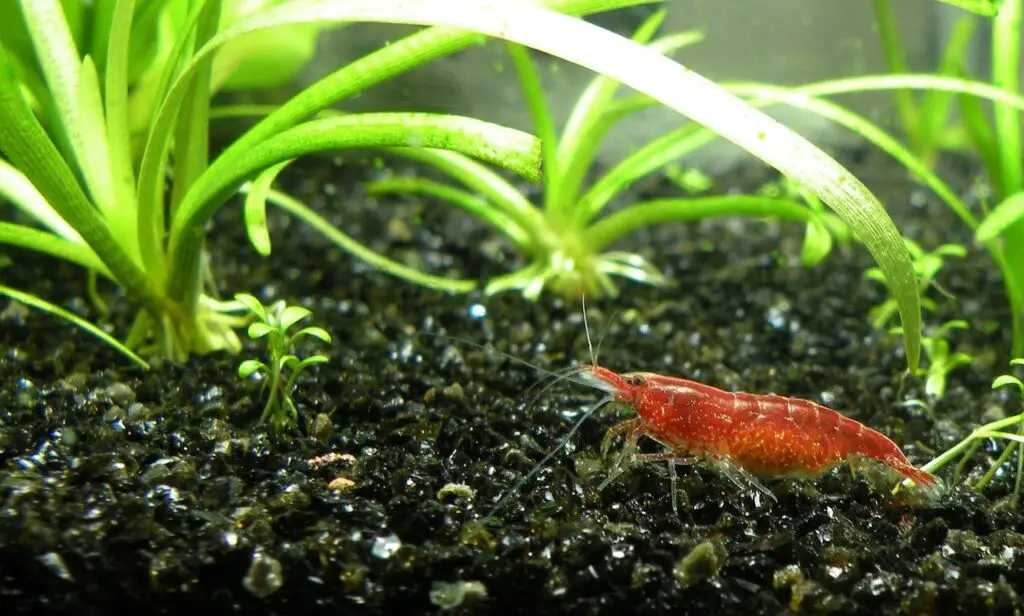If you’ve ever seen whales swimming in the ocean, you’ve probably noticed the many lumps and bumps they have on their skin. These bumps are actually living creatures called barnacles. But what are barnacles, and why do giant whales allow these tiny creatures to live on their bodies?
The barnacles found on whales are a type of crustacean that attach themselves to a surface and stay there until they die or are brushed off. The barnacles you see on whales belong to a specific species known as acorn barnacles. A single whale may have up to 1,000 pounds of barnacles living on it at a time.
Keep reading to learn more about what barnacles are. We’ll also discuss why they live on whales, if they bother them, and how the whales can get rid of them.
Why do whales have barnacles on them?
Having hundreds or thousands of hard-shelled creatures living on your body at any given time sounds uncomfortable and painful, but there’s actually a good reason for barnacles to live on whales.
Barnacles and whales are involved in a relationship that is called commensalism. This means that one party benefits from the relationship while the other remains completely unaffected.
While it may seem unfair for one party to benefit and not the other, commensalism is a common occurrence in nature. Birds who build nests in trees, for example, are benefiting from the shelter the tree provides, while the tree isn’t positively or negatively affected by the nest’s presence.
So what benefit do barnacles get from whales? Barnacles are filter feeders, meaning that they absorb nutrients from organic material as it comes into contact with parts of their body.
By attaching themselves to whales, who regularly travel to areas with plenty of food to eat, the barnacles have unlimited access to food. Most barnacles attach themselves on the whale’s head so that they can easily filter the food that the whale spills out of its mouth as it eats. They are guaranteed plenty of fresh food and water in this prime location.
Barnacles also receive protection from predators by hitching a ride on a whale. Snails, starfish, and sea cucumbers are common barnacle predators, but the fast-moving and dangerous whales keep the barnacles safe.
How do barnacles get on whales?
Scientists aren’t sure exactly how barnacles attach themselves to whales, but most experts believe they attach themselves within the first couple of weeks after their birth when they are still very small. When whales move towards the bottom of the sea to feed on schools of fish, they slow down, allowing the free-floating barnacle larvae to hitch a ride.
If the barnacles attach themselves to the whales when they are too small to be noticed by the naked eye, how do they grow to be so large? When you see barnacles on whales, you’re actually looking at their crustaceous shells, which hold the barnacles in place and keep them safe from predators.
These shells are calcium deposits that cover up the barnacles’ soft bodies. The barnacles slough off and replace these shells as they grow. Because it’s hard to study barnacles who are living on whales, it’s unknown exactly how big they grow to be.
Are barnacles harmful to whales?
Because barnacles burrow their way into whales’ skin, it’s easy to assume they bother the whales. However, these travel partners actually don’t cause whales any harm at all.
Whales don’t feel the barnacles because they have such thick skin. And because the barnacles don’t steal any of the whales’ food, the whales typically don’t even seem to know they’re there.
However, if whales are covered in hundreds or thousands of barnacles, they may become uncomfortable. In such large quantities, the barnacles may also increase the drag a whale experiences as it swims through the water, slowing it down.
Are barnacles on whales alive?
When barnacles die, they naturally detach themselves from whales and fall to the bottom of the sea. This means that any barnacles you see on a whale are still alive.
It can be hard to tell, though—like many other crustaceans, barnacles barely ever move. The hard shell they build hides their delicate bodies from view.
Surprisingly, barnacles don’t stay on whales very long. They typically die or are sloughed off about a year after attaching to the whale, making space for the next round of barnacles.
How do whales get rid of barnacles?
Because barnacles aren’t harmful to whales, whales are unlikely to try to purposefully remove them from their skin. However, the number of barnacles on a whale will occasionally make them uncomfortable. In these scenarios, the whales may attempt to remove the barnacles from their skin.
Whales are enormous creatures. As they swim through the sea searching for food, they often brush their bodies up against corals, rocks, and other obstacles in the water. If they rub a part of their bodies covered in barnacles against these obstacles, the barnacles will fall off.
If the whales are intentionally removing the barnacles, they may also rub their bodies against the rocky surface of the sea floor. They may purposefully rub their heads against the ground as it is the most common location for barnacles to attach themselves.
Thankfully, whales do not rub up against ships to try to rub barnacles off of their skin. If they do wish to remove the barnacles, they will choose to rub on a solid surface such as the sea floor rather than a moving object such as a ship.
Final thoughts
Like many other sea creatures, barnacles are unique and minimally understood. Because they are hard to locate and examine, most of what we know about barnacles comes from observing them as whales migrate.
Though it’s hard to say if whales enjoy having hundreds of pounds of barnacles riding along with them as they travel, the barnacles don’t cause the whales any harm, so the two species coexist peacefully.



